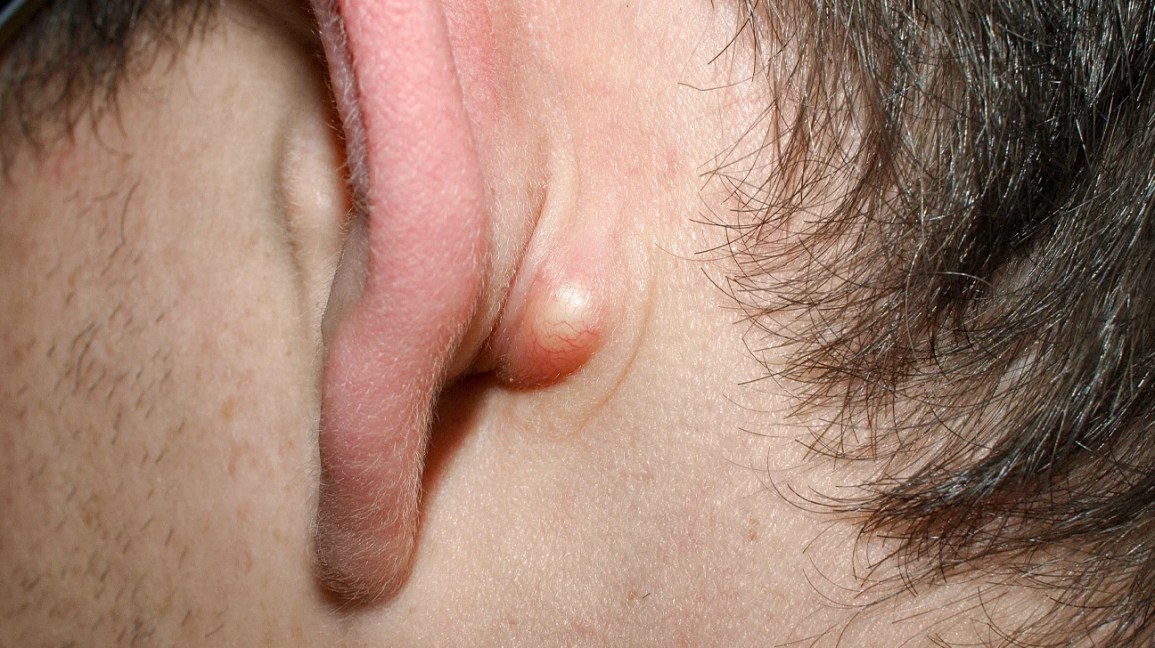Recovery Tips After Incision and Drainage of Abscesses

Undergoing Incision and Drainage of Abscesses Dubai for an abscess can be a significant step towards relief from infection and pain. While the procedure itself is designed to alleviate discomfort and promote healing, proper post-procedure care is crucial for ensuring a smooth recovery and preventing complications. Here are essential recovery tips to help you navigate the healing process effectively:
1. Follow Wound Care Instructions
Objective: To prevent infection and promote optimal healing.
- Keep the Wound Clean: Gently clean the wound as directed by your healthcare provider. Use a mild, non-irritating antiseptic if recommended, and avoid soaking the wound in water.
- Change Dressings Regularly: Follow the schedule for changing dressings to keep the area protected and dry. Use sterile materials and avoid touching the wound with unclean hands.
- Avoid Picking at the Wound: Refrain from touching or scratching the area to prevent introducing bacteria and causing irritation.
2. Manage Pain Effectively
Objective: To minimize discomfort and support a comfortable recovery.
- Use Pain Medications as Directed: Take over-the-counter or prescribed pain medications according to the instructions provided. This helps manage pain and reduces the risk of discomfort interfering with daily activities.
- Apply Cold Compresses: If recommended, applying a cold compress to the affected area can help reduce swelling and numb the area to alleviate pain.
3. Monitor for Signs of Complications
Objective: To identify and address potential issues promptly.
- Watch for Infection Signs: Be vigilant for signs of infection, such as increased redness, warmth, swelling, or pus that has an unusual odor or color. Report any concerning symptoms to your healthcare provider immediately.
- Check for Excessive Bleeding: Some bleeding is normal, but if you experience significant or persistent bleeding, seek medical attention.
4. Rest and Limit Activity
Objective: To support healing and avoid additional strain on the affected area.
- Avoid Strenuous Activities: Refrain from engaging in activities that could stress the affected area. This helps prevent further irritation and supports the healing process.
- Elevate the Affected Area: If possible, keep the affected area elevated to reduce swelling and promote better circulation.
5. Adhere to Follow-Up Appointments
Objective: To ensure proper healing and address any concerns.
- Attend All Scheduled Appointments: Follow-up visits allow your healthcare provider to monitor the healing process, assess the wound, and make any necessary adjustments to your treatment plan.
- Discuss Concerns: Use follow-up appointments to discuss any issues or concerns you may have about your recovery. Your provider can offer additional guidance or interventions if needed.
6. Maintain Good Hygiene
Objective: To reduce the risk of secondary infections and promote overall health.
- Wash Hands Regularly: Frequent hand washing is essential to prevent the spread of bacteria and reduce the risk of infection.
- Avoid Sharing Personal Items: Do not share towels, bedding, or other personal items that may come into contact with the wound.
7. Stay Hydrated and Eat a Balanced Diet
Objective: To support your body’s natural healing processes.
- Drink Plenty of Water: Staying hydrated helps your body recover more efficiently and supports overall health.
- Eat Nutrient-Rich Foods: A balanced diet with adequate vitamins and minerals, particularly those that support immune function (such as vitamin C and zinc), can enhance healing.
8. Avoid Smoking and Alcohol
Objective: To optimize healing and avoid complications.
- Limit or Avoid Smoking: Smoking can impair circulation and slow down the healing process. If possible, avoid smoking during recovery.
- Reduce Alcohol Consumption: Excessive alcohol intake can interfere with your body’s ability to heal and may affect the effectiveness of medications.
9. Follow Specific Care Instructions
Objective: To adhere to individualized recovery recommendations.
- Adhere to Specific Instructions: Your healthcare provider may give you personalized care instructions based on the location and severity of your abscess. Follow these instructions carefully to ensure a successful recovery.
10. Seek Prompt Medical Attention for Issues
Objective: To address any unexpected problems early.
- Contact Your Healthcare Provider: If you notice any new or worsening symptoms, such as fever, increased pain, or unusual discharge, contact your healthcare provider promptly for evaluation and management.
Conclusion
Recovering from an incision and drainage procedure involves careful attention to wound care, pain management, and overall health. By following these recovery tips, you can help ensure a smoother healing process, minimize the risk of complications, and return to your daily activities with greater comfort and confidence. Proper care and vigilance during recovery are key to achieving the best possible outcome and maintaining overall well-being.